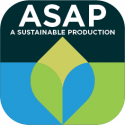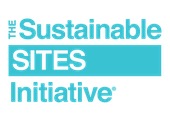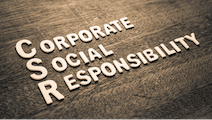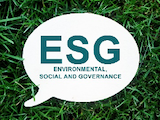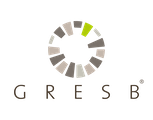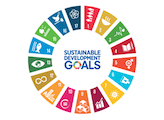ENERGY STAR is a voluntary U.S. Environmental Protection Agency (EPA) program that delivers environmental benefits and financial value through superior energy efficiency. Through ENERGY STAR, EPA partners with businesses and public-sector organizations to transform the way that commercial buildings and industrial plants use energy. Over more than 20 years, the ENERGY STAR Program for Commercial Buildings and Industrial Plants has helped these organizations save more than $192 billion in energy costs. Today, thousands of facility owners and managers—including 60 percent of the FORTUNE 100—use ENERGY STAR tools and resources to help them assess their energy performance, improve their efficiency, and earn recognition.
Commercial buildings and industrial plants are responsible for nearly half of the nation’s energy use and nearly half of its greenhouse gas emissions. Much of this energy is wasted through inefficiencies, but by adopting a strategic energy management approach through ENERGY STAR, it is possible to save energy, save money, and protect the environment.
EPA’s free online ENERGY STAR Portfolio Manager® tool is the industry standard for measuring and tracking energy performance within commercial buildings. In fact, the commercial buildings market has used Portfolio Manager to benchmark billions of square feet of commercial floor space across hundreds of thousands of buildings. The tool provides dozens of energy performance metrics, and some buildings can also receive a 1 – 100 ENERGY STAR score, which rates energy performance in comparison to similar buildings across the country. Learn more about benchmarking.
Tens of thousands of buildings and plants have earned EPA’s ENERGY STAR since 1999. That means they’ve been verified to perform among the top 25 percent of similar buildings nationwide. On average, ENERGY STAR certified buildings use 35 percent less energy and generate 35 percent fewer greenhouse gas emissions than their peers. Learn more about ENERGY STAR certification.
Numerous independent studies have shown that ENERGY STAR certified buildings have lower operating costs, command higher rental rates, and have increased asset value. Learn more about the financial value of ENERGY STAR. Reach out to learn more about how ASAP can support your energy and benchmarking needs.
